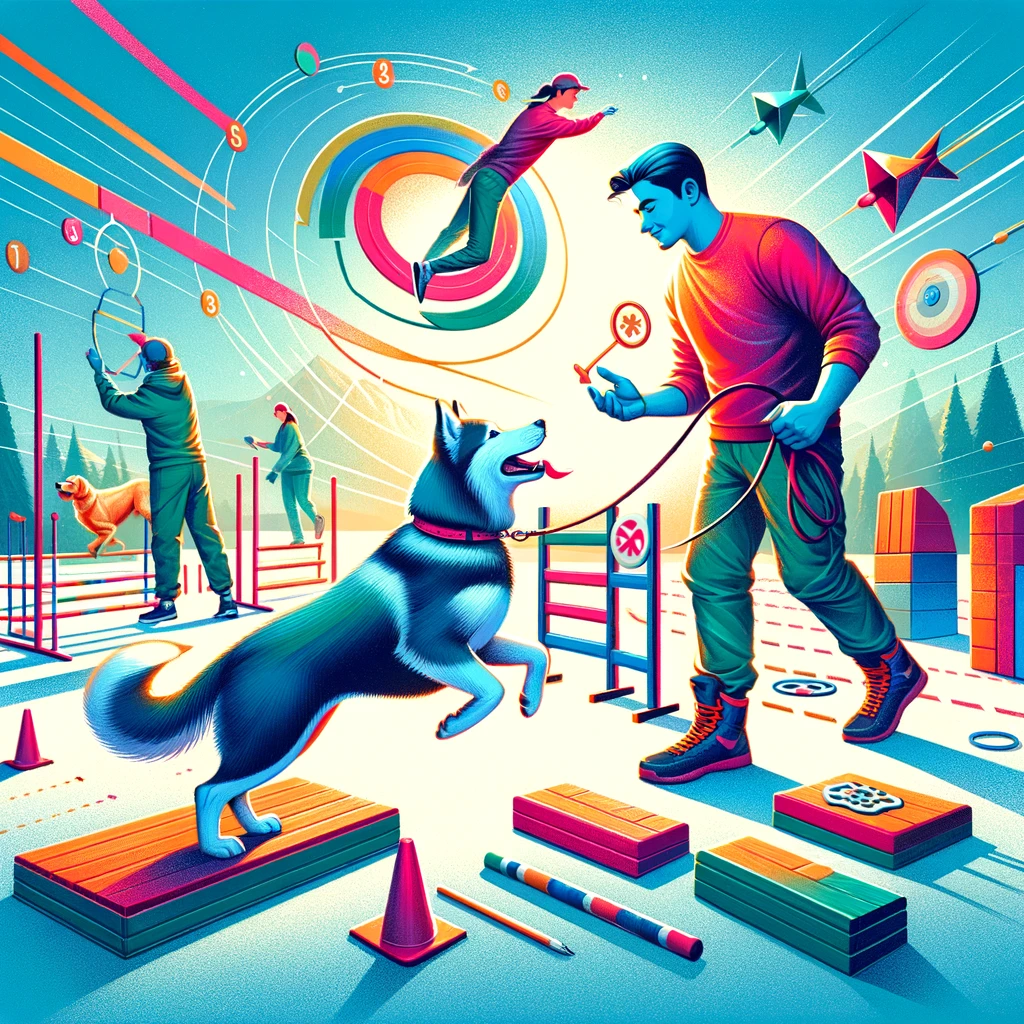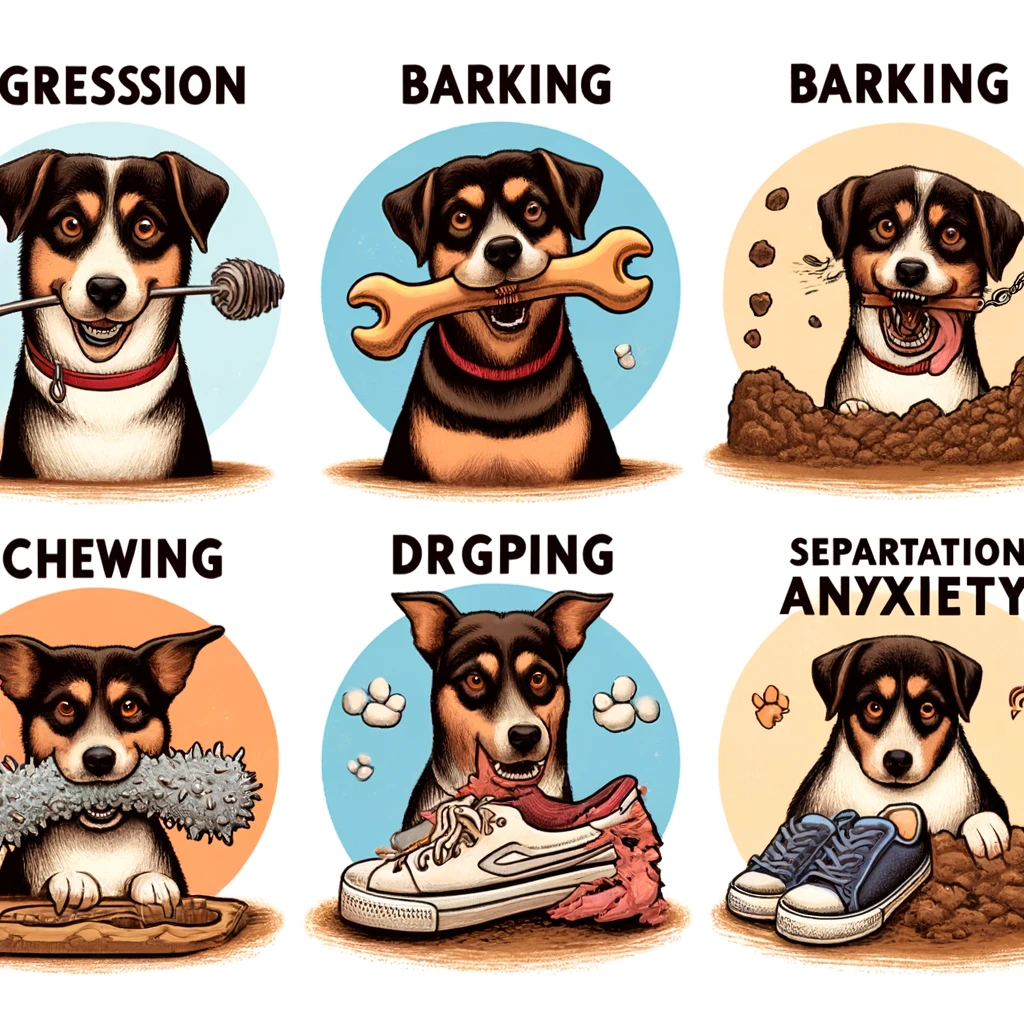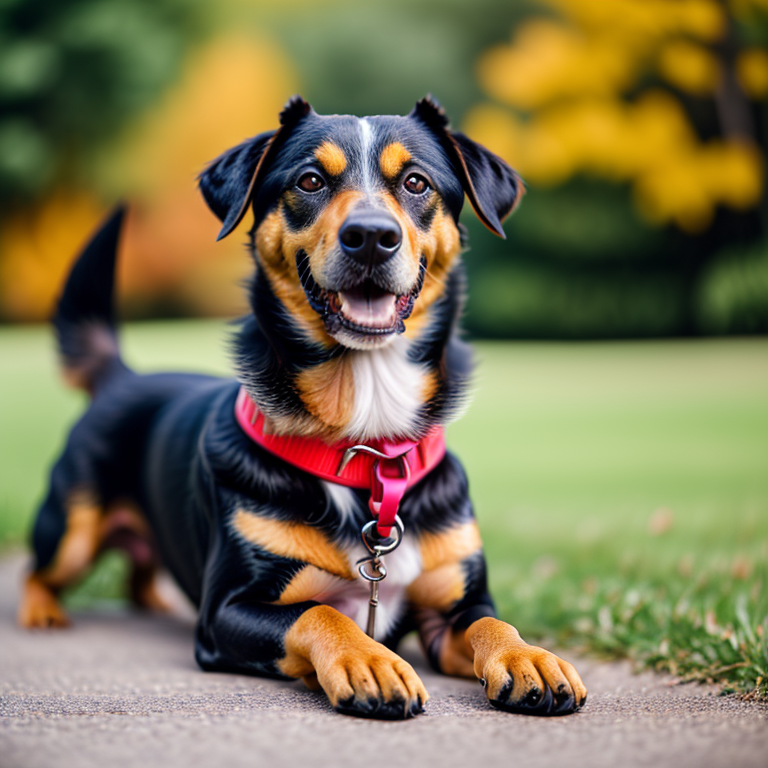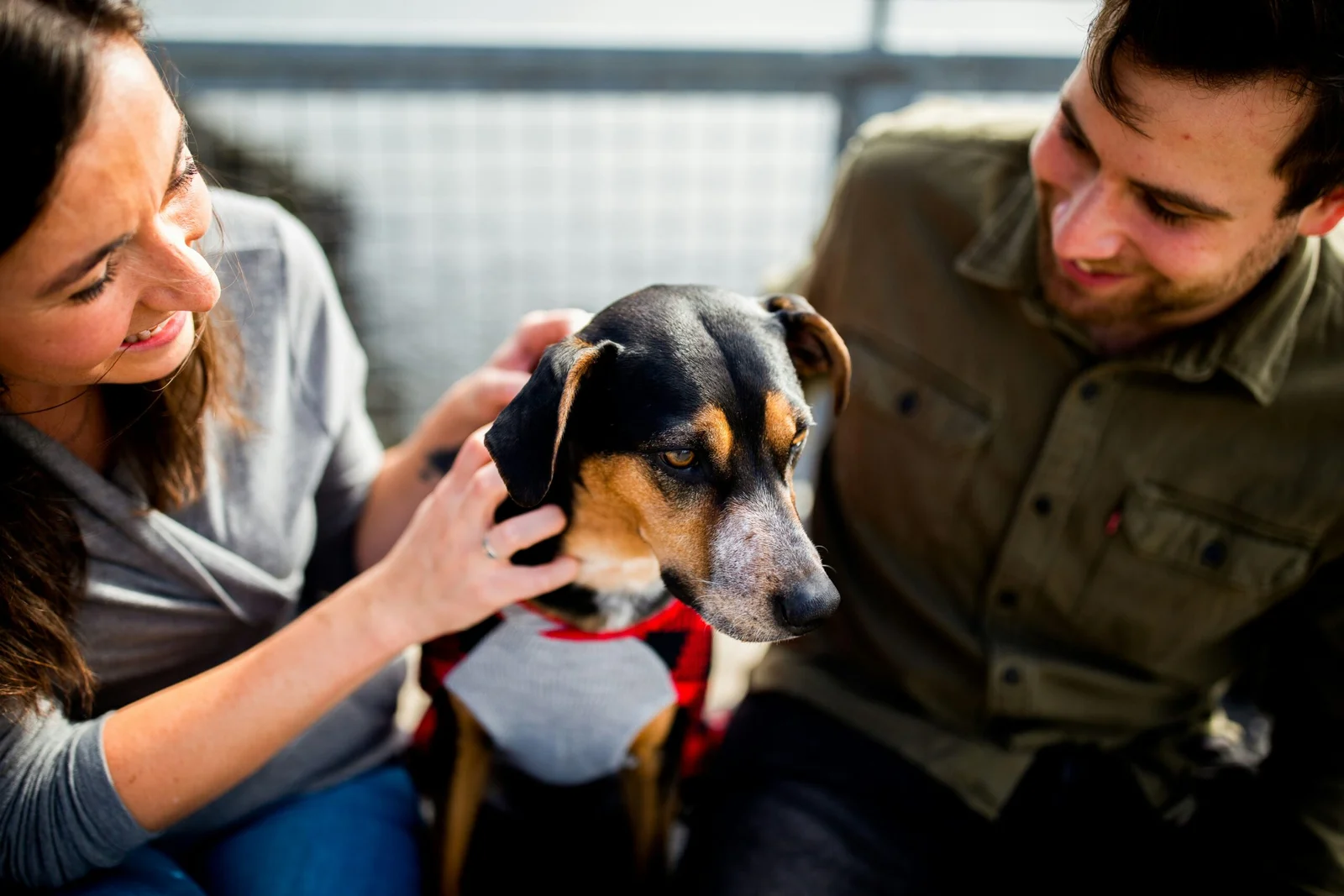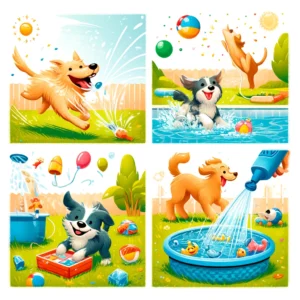Advanced Obedience Training Techniques for Your Canine Companion
Training your dog is an essential part of being a responsible pet owner. It not only helps to ensure their safety and well-being but also strengthens the bond between you and your furry friend. While basic obedience training is important, taking it a step further with advanced techniques can greatly enhance your dog’s behavior and overall training experience. In this blog post, we will explore some advanced obedience training techniques that you can use to further develop your dog’s skills and behavior.
1. Target Training
Target training is a technique that involves teaching your dog to touch a specific object, such as your hand or a target stick, with their nose or paw. This technique is not only fun but also has practical applications in teaching your dog more complex behaviors.
To start target training, choose a target object that is easy for your dog to see and interact with. Hold the target object in front of your dog and reward them with a treat or praise when they touch it with their nose or paw. Repeat this process several times until your dog understands that touching the target object leads to a reward.
Once your dog has mastered touching the target object, you can use it to teach them a variety of behaviors. For example, you can use the target object to teach your dog to spin in a circle, jump over obstacles, or even turn off light switches. The possibilities are endless!
2. Impulse Control Training
Impulse control training is all about teaching your dog to resist the temptation of immediate rewards and to wait for your command. This technique is particularly useful in preventing unwanted behaviors, such as jumping on guests or stealing food from the counter.
To start impulse control training, begin with simple exercises like asking your dog to sit and wait before receiving their food or a treat. Gradually increase the difficulty by adding distractions or asking your dog to wait for longer periods of time.
During impulse control training, it’s important to reward your dog for their patience and self-control. This can be done by giving them a release command, such as “okay” or “free,” and allowing them to access the reward. Consistency and repetition are key to successfully teaching your dog impulse control.
3. Clicker Training
Clicker training is a positive reinforcement technique that uses a clicker, a small handheld device that makes a distinct clicking sound, to mark desired behaviors. This technique is highly effective in teaching dogs new behaviors and reinforcing existing ones.
To start clicker training, associate the sound of the clicker with a reward by clicking and immediately giving your dog a treat. Repeat this process several times until your dog understands that the clicker sound predicts a reward.
Once your dog is familiar with the clicker, you can use it to mark and reinforce desired behaviors. For example, if you want to teach your dog to sit, click the clicker the moment they sit down and immediately give them a treat. Over time, your dog will associate the clicker sound with the desired behavior and will be more likely to repeat it.
Advanced obedience training techniques can take your dog’s training to the next level. Whether you’re teaching them to touch a target object, practicing impulse control, or using clicker training, these techniques can help improve your dog’s behavior and strengthen your bond. Remember to be patient, consistent, and always reward your dog for their efforts. With time and practice, you and your canine companion will achieve great results!
